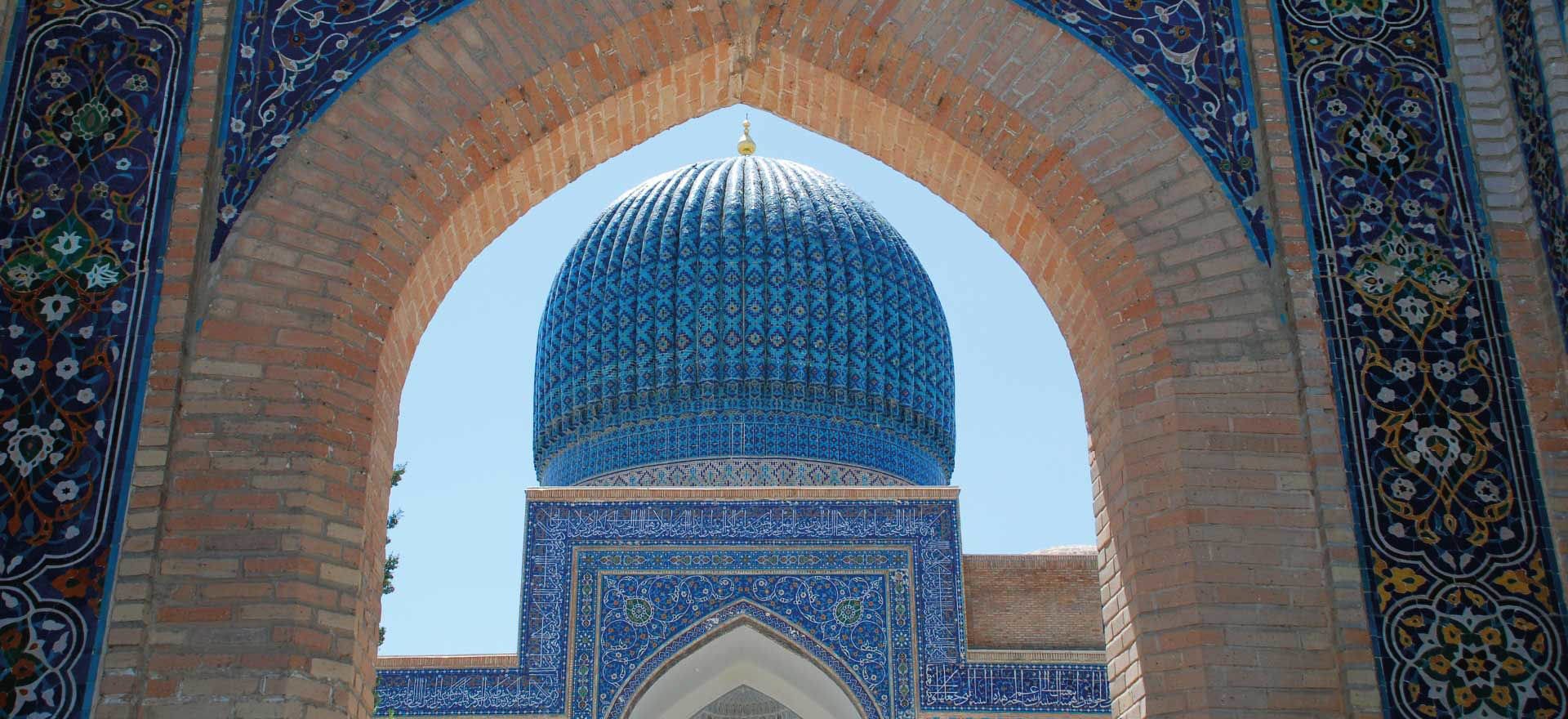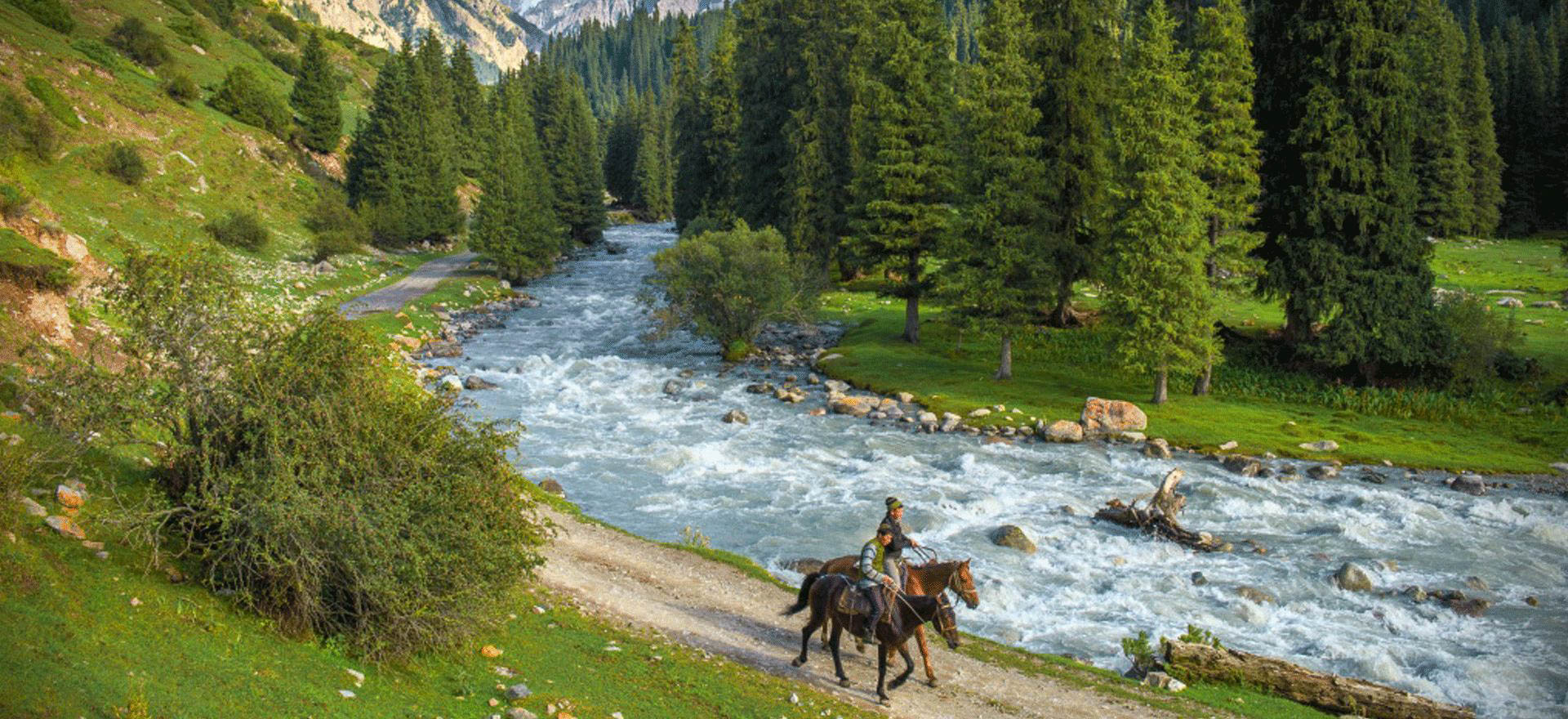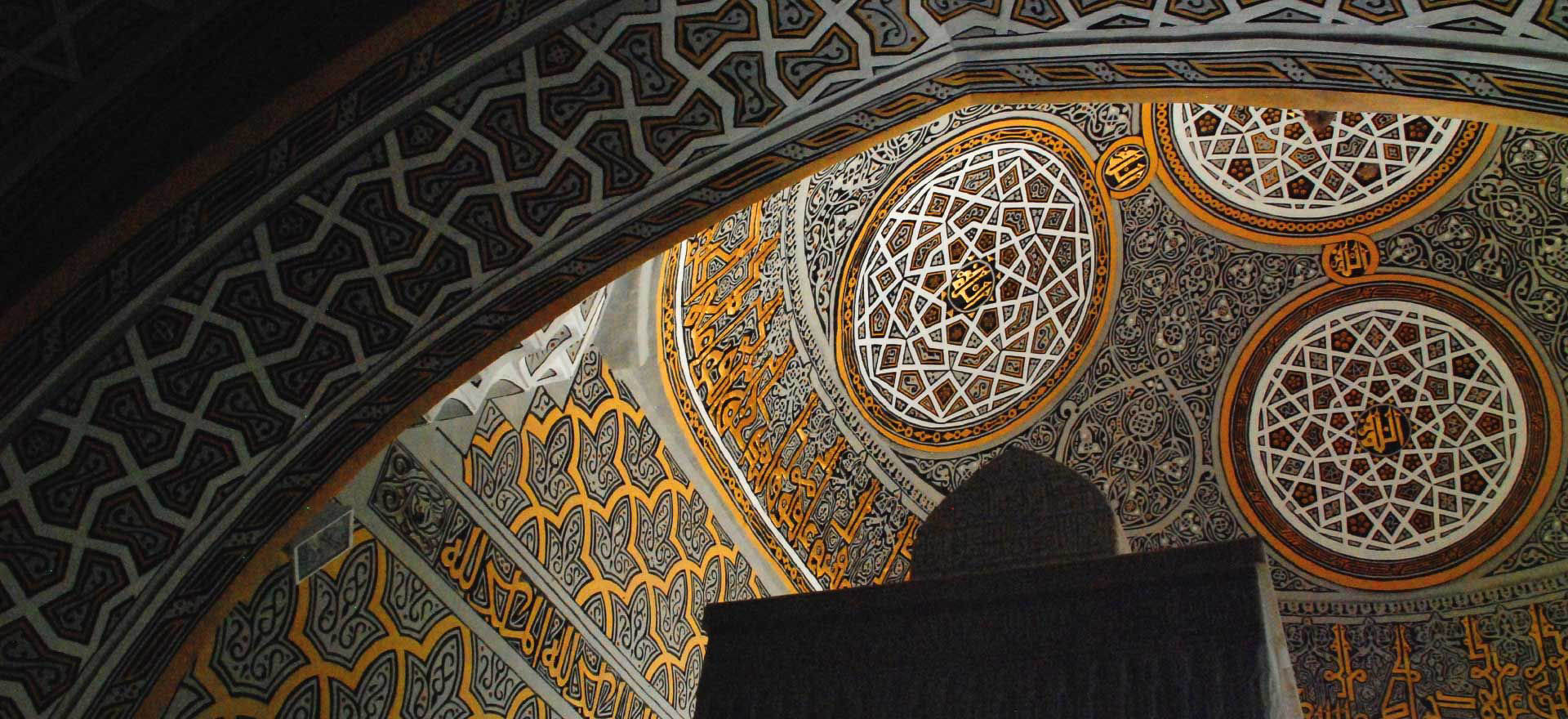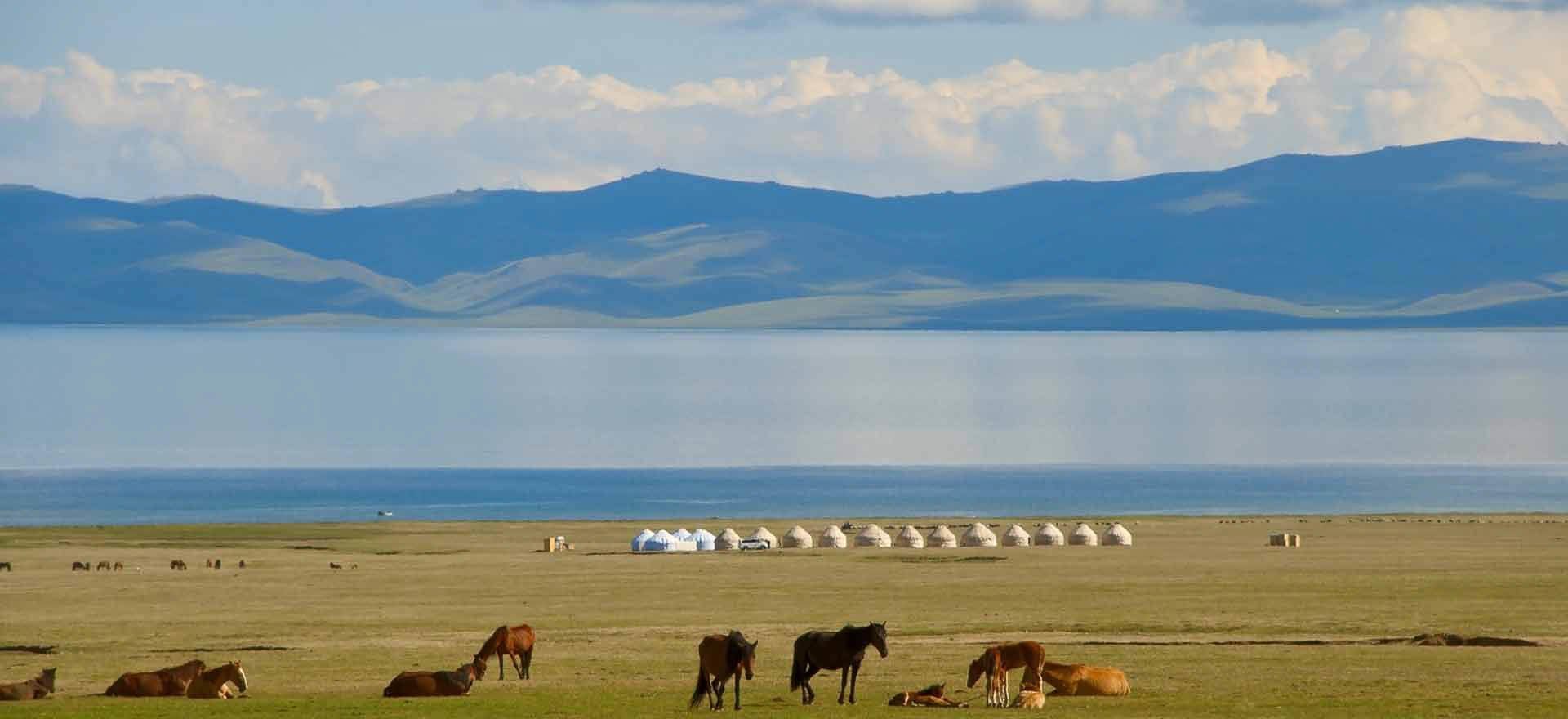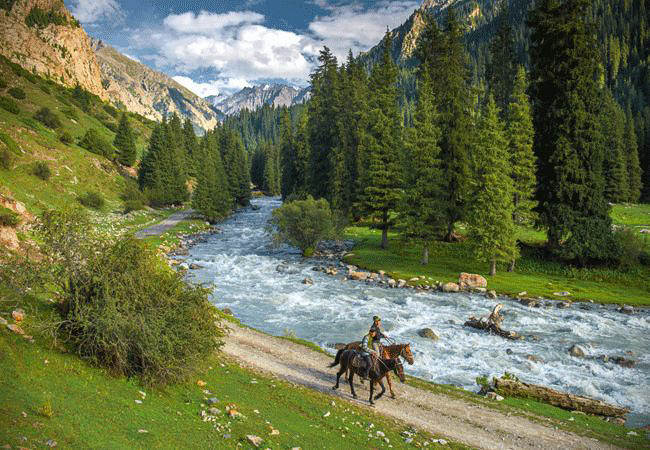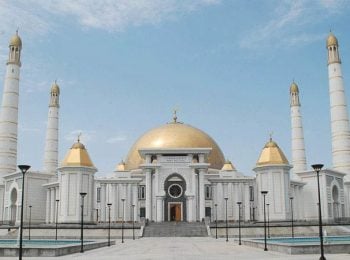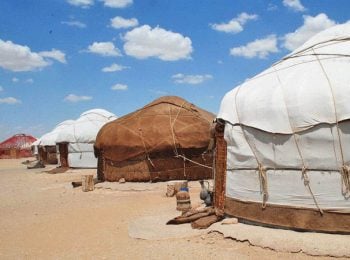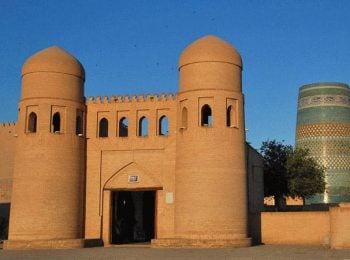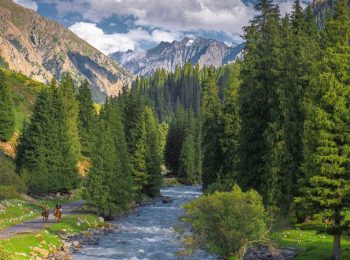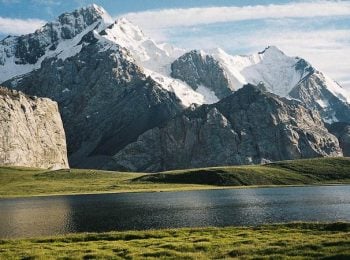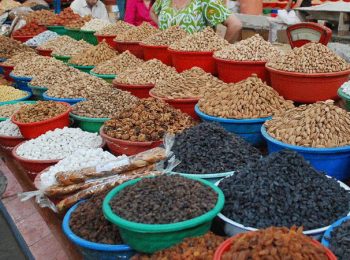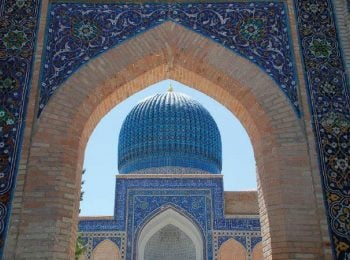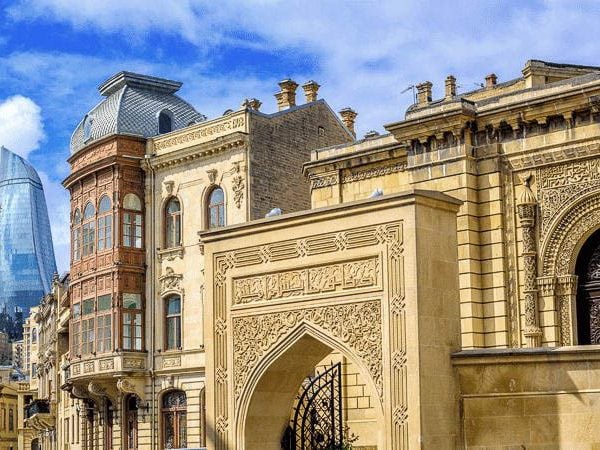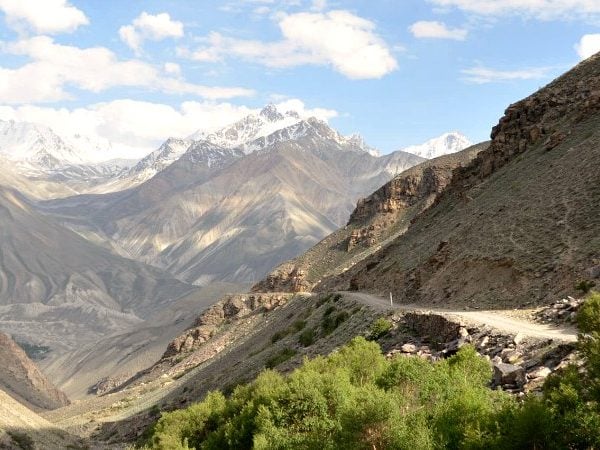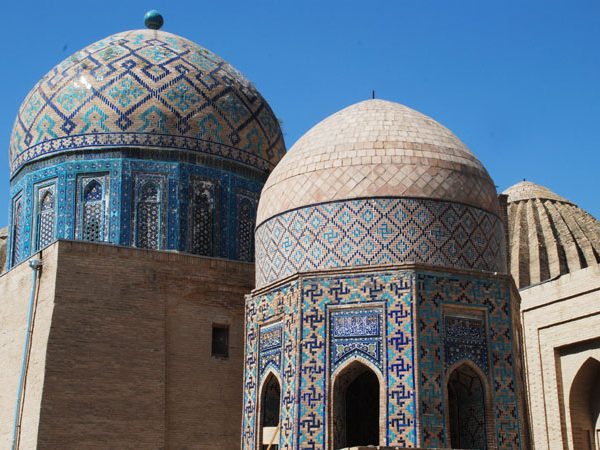Visas
Almost everyone will require visas to enter some of the Central Asian ‘stans’. The requirements for these vary according to each different country, but many will require an invitation letter, which we can provide for you.
Kyrgyzstan takes the lead in becoming more tourist-friendly, in that many nationalities, including UK citizens, do not need a visa for entry.
For Turkmenistan, we arrange for all our travellers to obtain visas on arrival. An invitation letter is required which we will provide.
UK, US, Australian and New Zealand travellers do not need a visa to visit Kazakhstan for stays of up to 30 days.
Most travellers will need to apply for a visa in advance for Tajikistan, and this can be done online at the following website: www.evisa.tj. However, recently this process has become more complex and we strongly recommend that you use the services of a visa agency to apply for this visa. US travellers do not need a visa for Tajikistan. You need to have at least two blank pages in your passport for entry to Tajikistan.
If you are travelling into the Pamir Mountains you will also require the GBAO permit, which you should also request when applying for your visa. If you have a US passport and do not need to apply for the visa itself, but still need the GBAO permit, please contact us and we can assist.
Uzbekistan has introduced visa free travel for stays of up to 30 days, for many nationalities including UK, Australian, New Zealand, Canada and many EU nationalities. US citizens aged 55 and under will need to apply for an e-visa in advance, which can be done via the following website:
https://e-visa.gov.uz/main
However, US citizens over the age of 55 can visit Uzbekistan visa free.
Visa regulations in Central Asia are particularly fluid and so we recommend that you contact your nearest embassy, or us, for the most up to date information.
Health and vaccinations
We are not medically qualified and so we recommend that you speak to your doctor or nearest health professional for advice concerning recommended vaccinations. For more advice on vaccinations, you can also visit www.fitfortravel.nhs.uk.
If you have any physical limitations that might impact your ability to participate in the planned tour activities, it’s essential that you make us aware as soon as possible so that we can discuss this with you.
Insurance
It is a condition of joining our tours that you have suitable travel insurance in place, and we cannot accept travellers without insurance. All policies differ in terms of what they will cover, but as a minimum you need medical and health cover which will cover you for the whole time that you are away. Most policies will also include cancellation cover, which will cover you if an unforeseen circumstance obliges you to cancel your trip. We recommend that you obtain your insurance as soon as you book your trip.
Please note that government travel warnings often affect the validity of your travel insurance, and you should check this with your insurance company.
Arrival and departure taxes
There are no arrival or departure taxes applicable for most countries, but Turkmenistan will charge a $14 ‘immigration tax’, plus $2 bank fees, payable separately in US dollars when you enter.
In addition to this, Turkmenistan has recently introduced a ‘tourist tax’ of $2 per person per night. This must be paid directly to the hotel when you check out.
Money
The local currency in each country varies and is as follows:
Uzbekistan – som
Turkmenistan – manat
Tajikistan – somoni
Kyrgyzstan – som
Kazakhstan – tenge
It’s not difficult to change money in the region – usually the most convenient place will be a hotel but your guide will be able to point you in the right direction. There are also an increasing number of ATMs in larger towns. However, these are not always reliable and so it is best to think of them as a back up rather than a main means of obtaining money. The best currency to bring for exchange purposes is US dollars, and these should have issue dates of 2006 or later, otherwise they can be difficult to exchange.
Credit cards are accepted in larger hotels and better restaurants (usually in major cities only) but are not commonly accepted elsewhere.
Uzbekistan requires that you fill in currency declaration forms when you enter, which you should keep – they will be checked again upon departure.
Local conditions
When travelling to some of the destinations we offer you need to bear in mind that things won’t always work here as we’re used to them working at home. Travelling in underdeveloped and untouristed destinations requires both patience and a sense of humour. There may be problems with infrastructure, attitudes may be different, and maintenance may not be as high a standard as we would always like, but this is very much part and parcel of travelling in such a place. We aim to resolve any issues as quickly as possible, and thank you for your patience.
Travel advice
We keep a very close eye on the travel advice issued by the UK Foreign and Commonwealth Office so that we can keep you up to date with any warnings. At the time of writing the FCO does not advise against travel to any of the parts of Uzbekistan, Turkmenistan, Kazakhstan, Kyrgyzstan and Tajikistan that we visit on our tours.
This relates to advice from the British government – other nationalities need to check the stance of their own governments.
Please note that the information contained above is highly susceptible to change, and while we endeavour to keep up to date we recommend that you use this as a guide only. Should you have any questions, please don’t hesitate to contact us.

